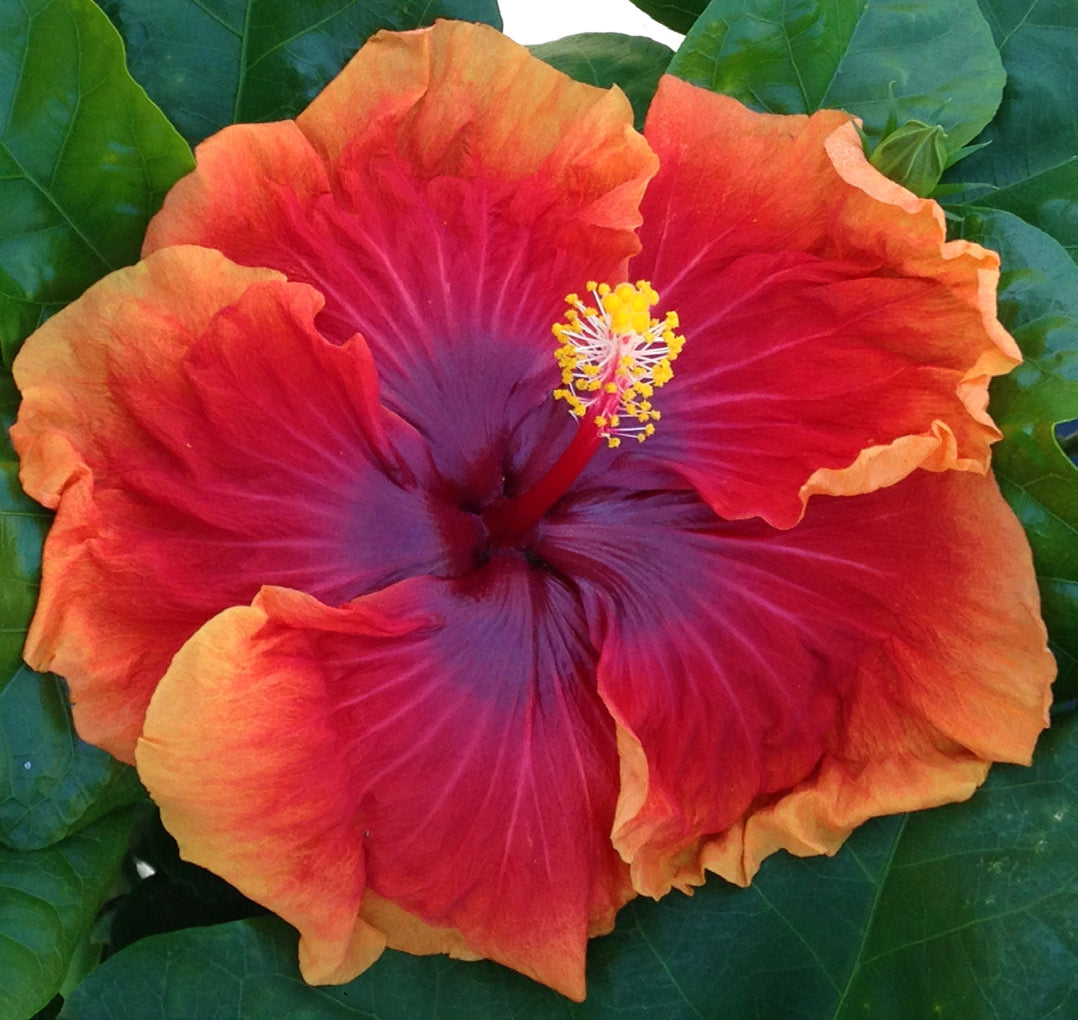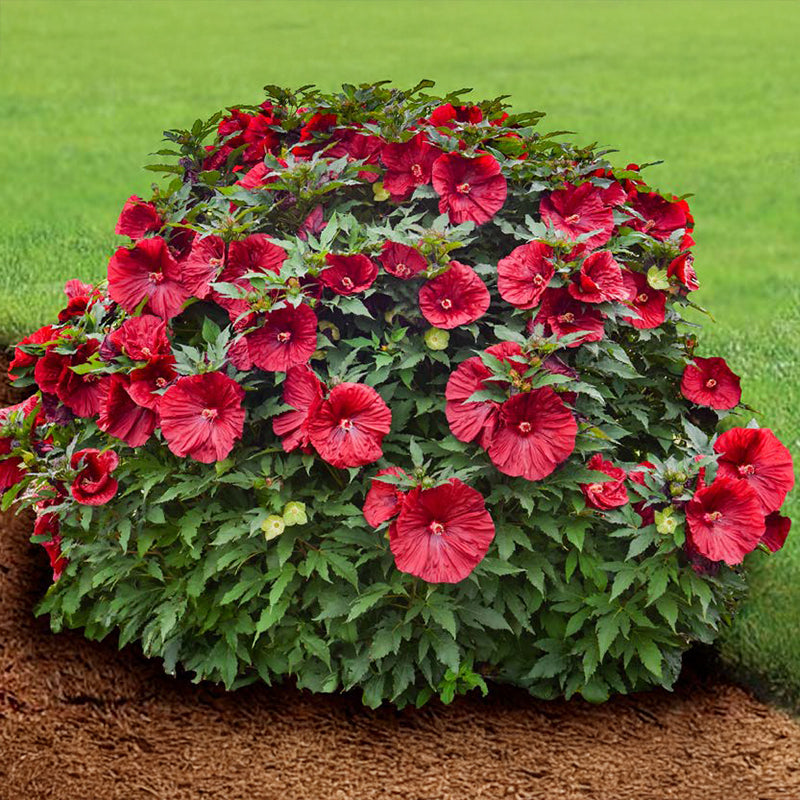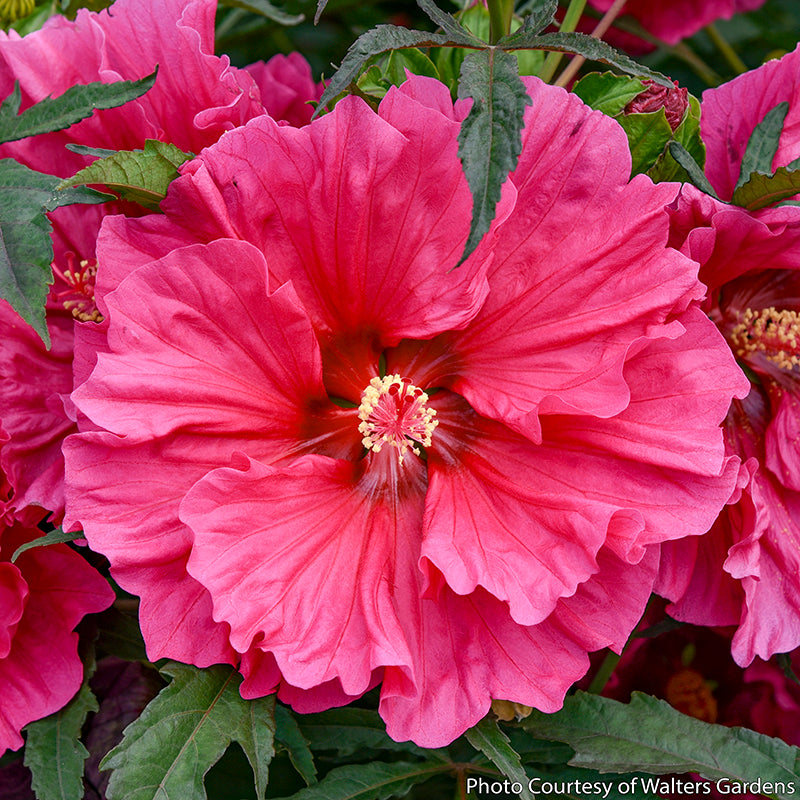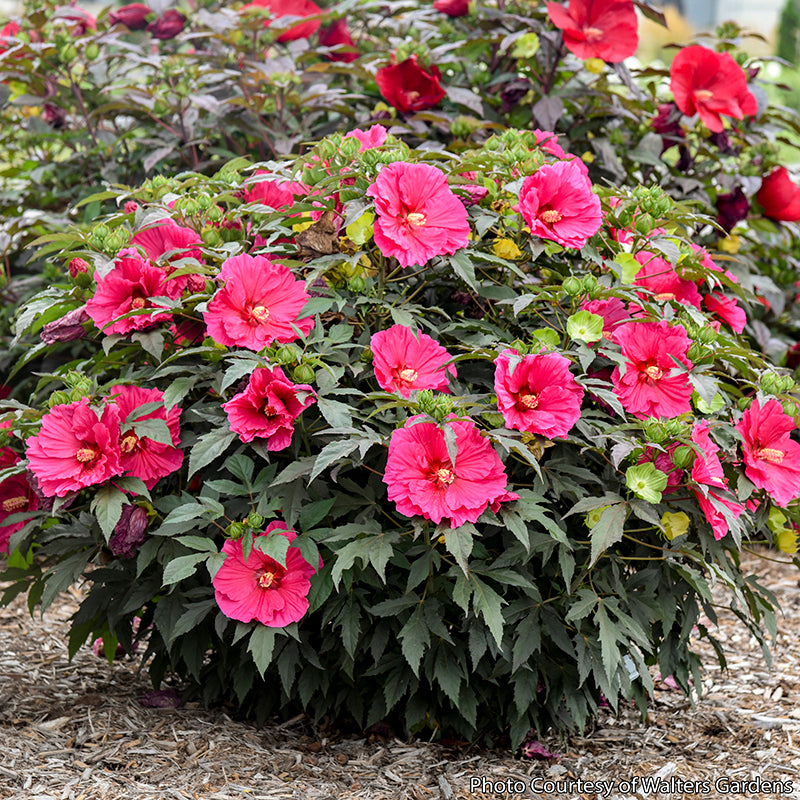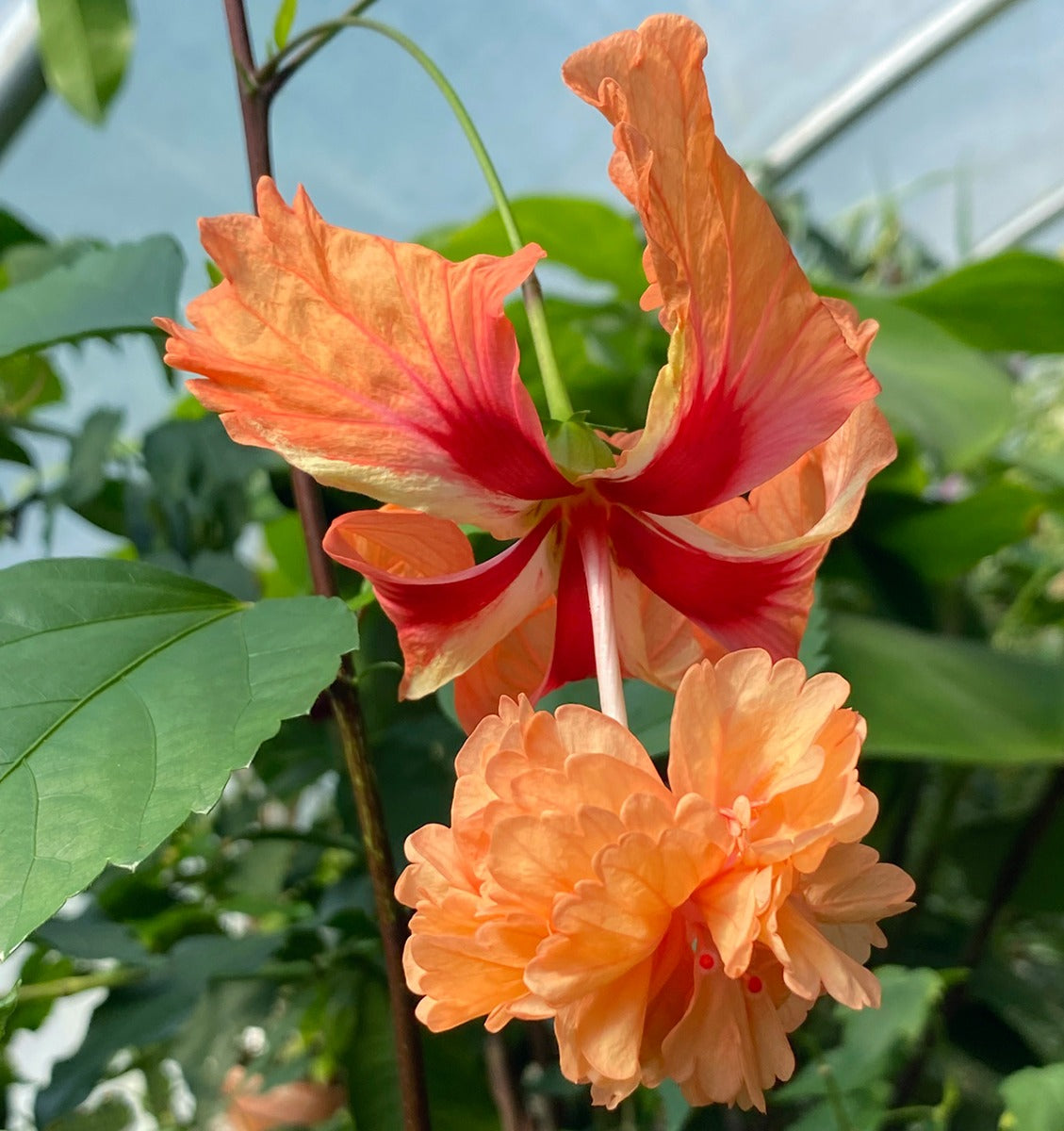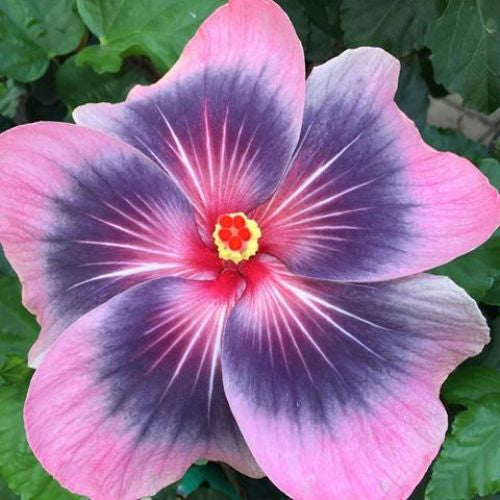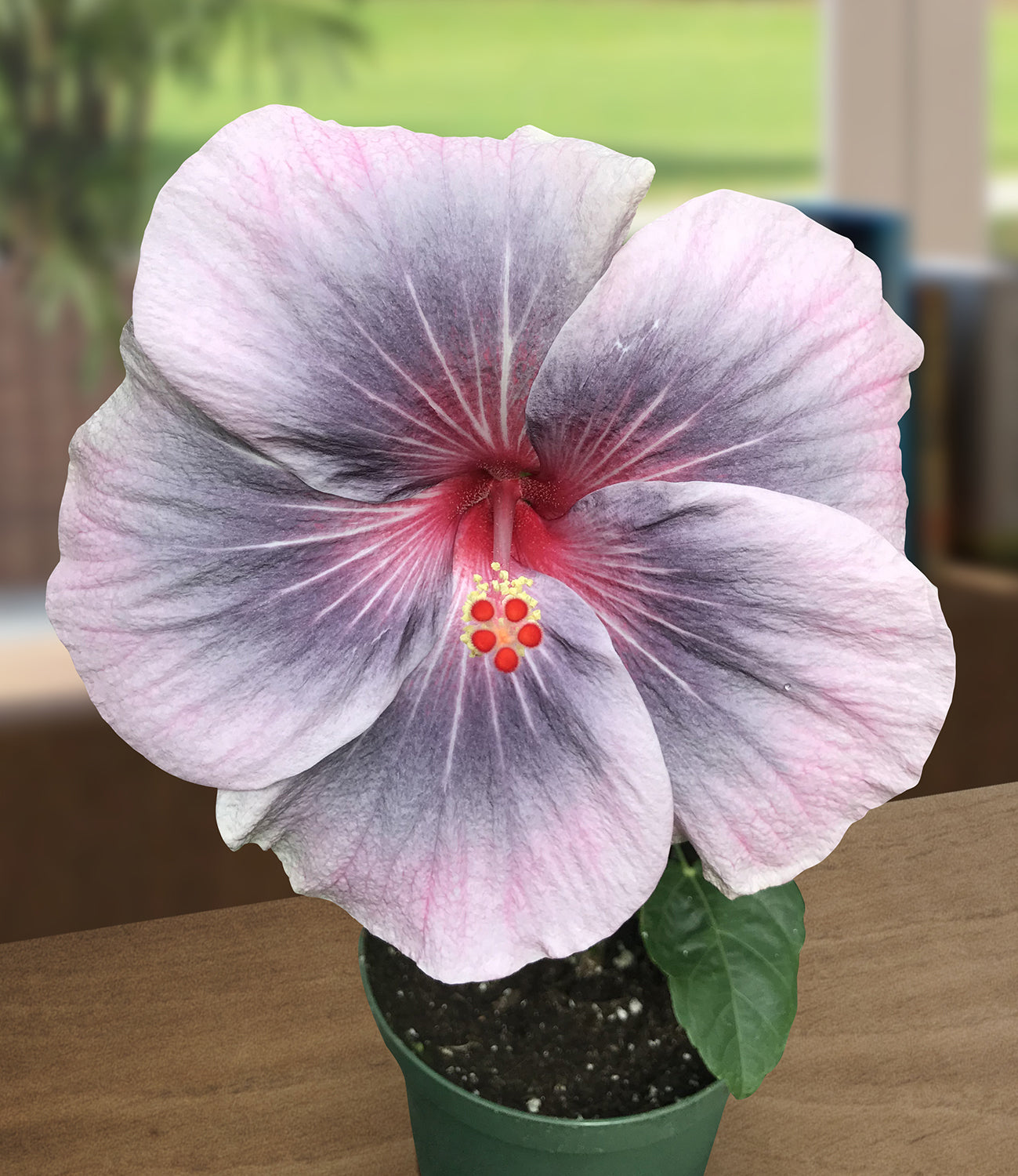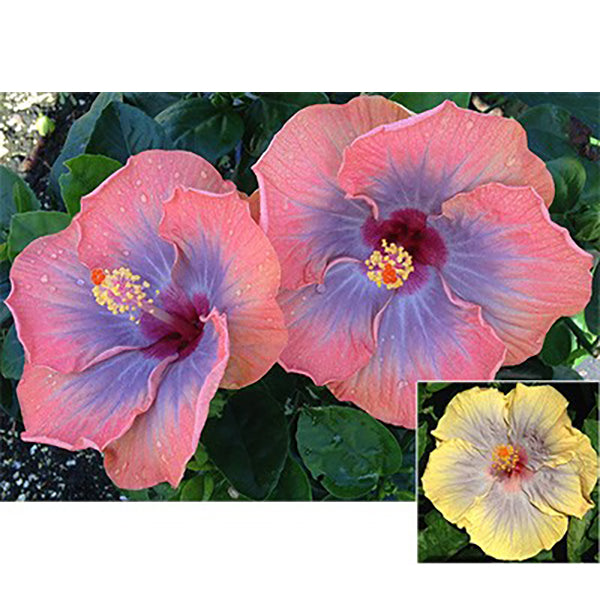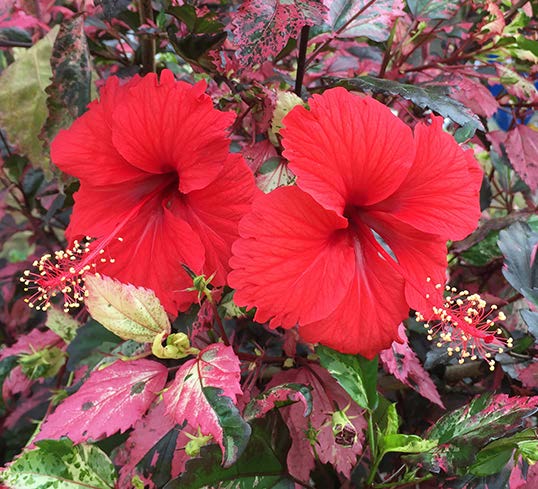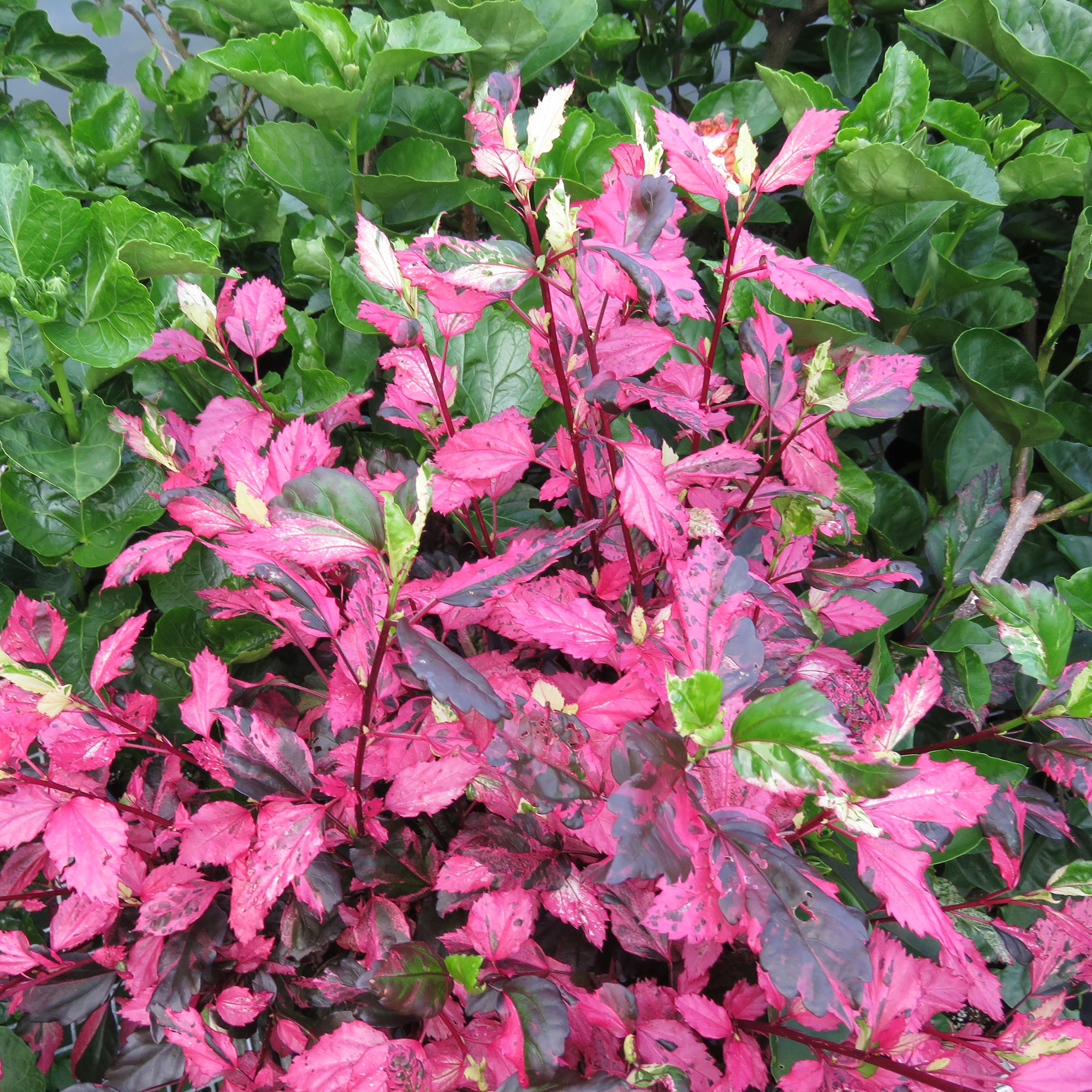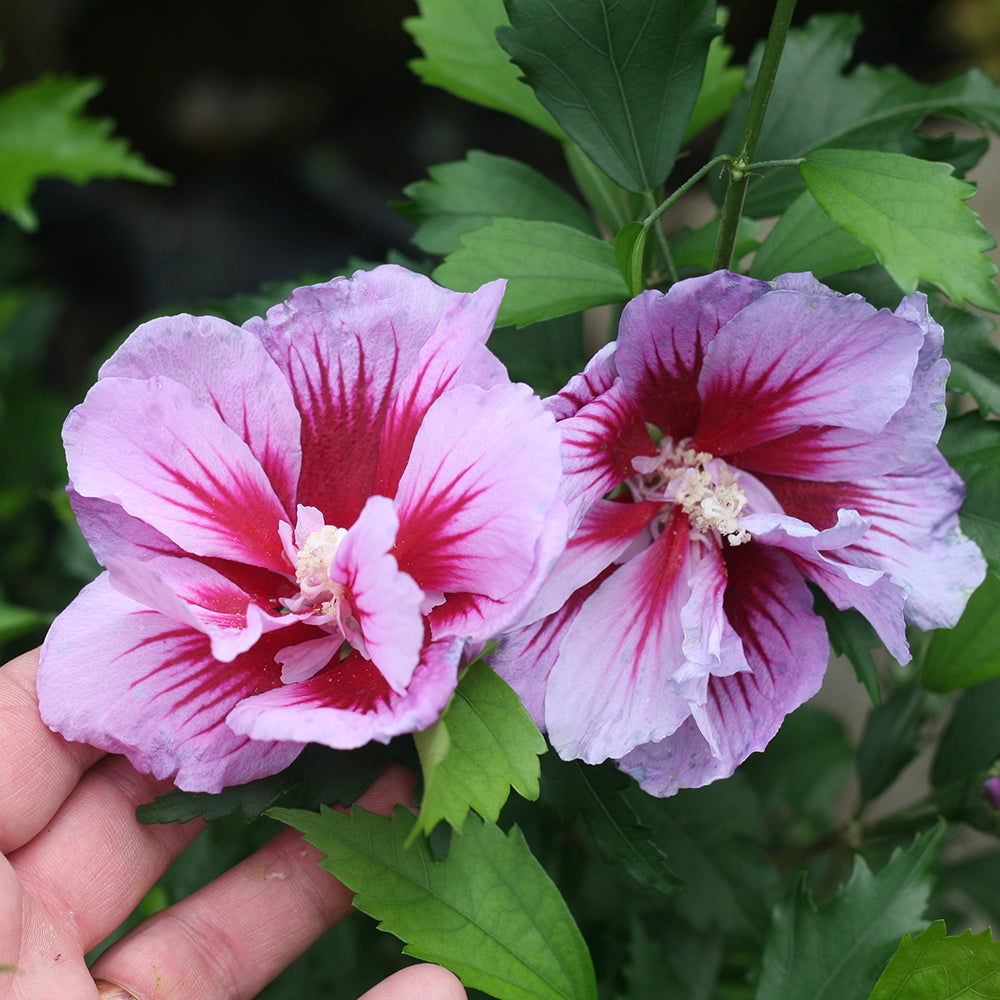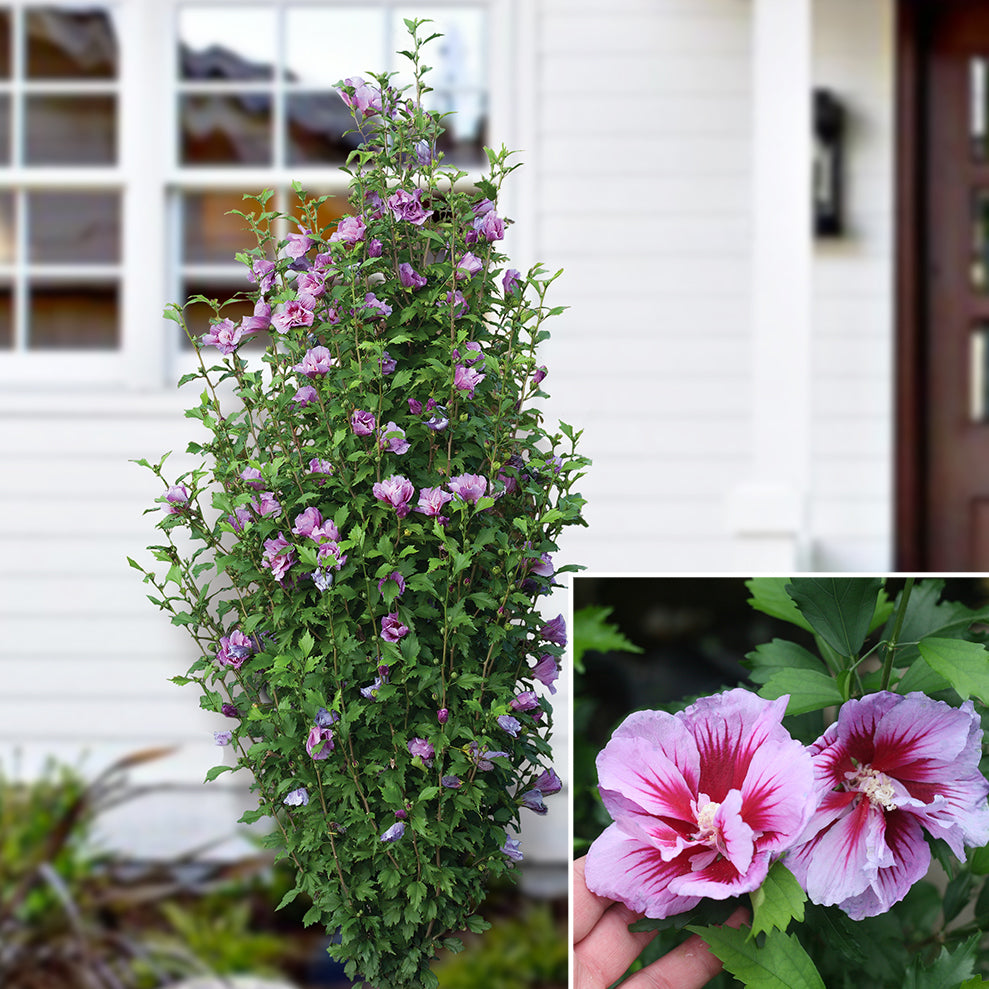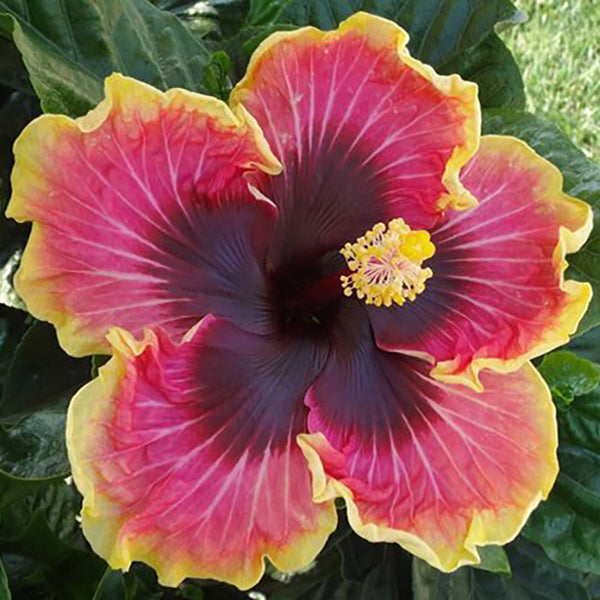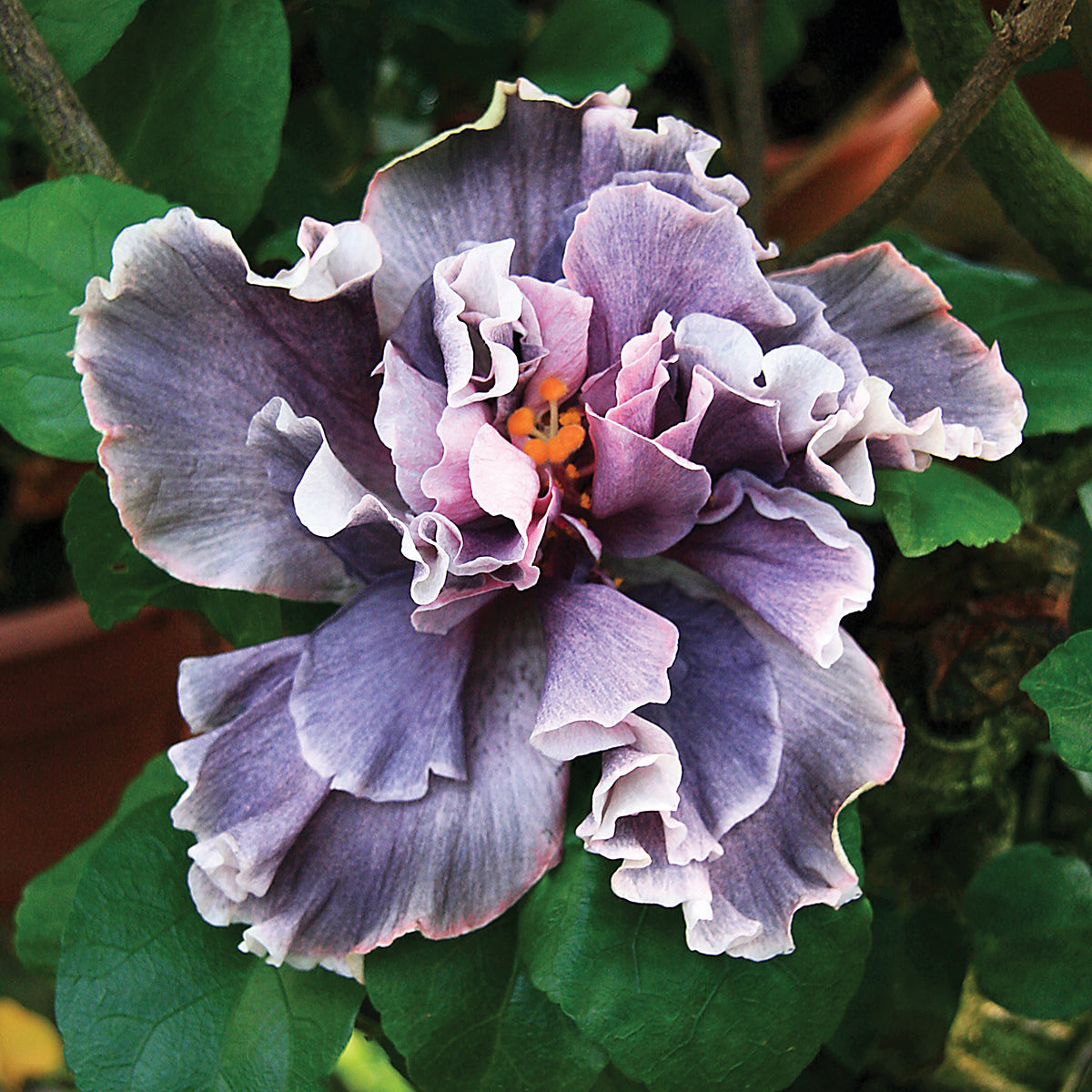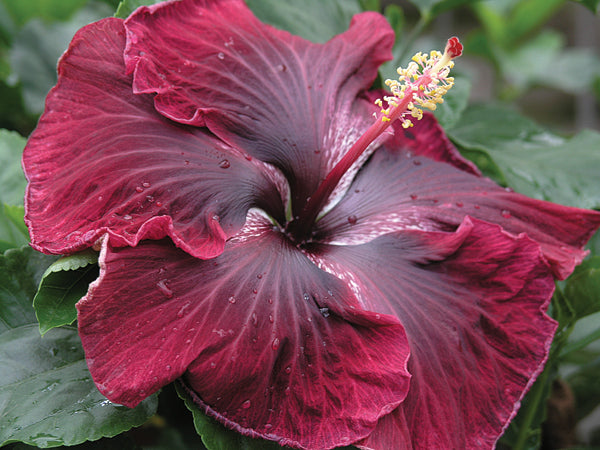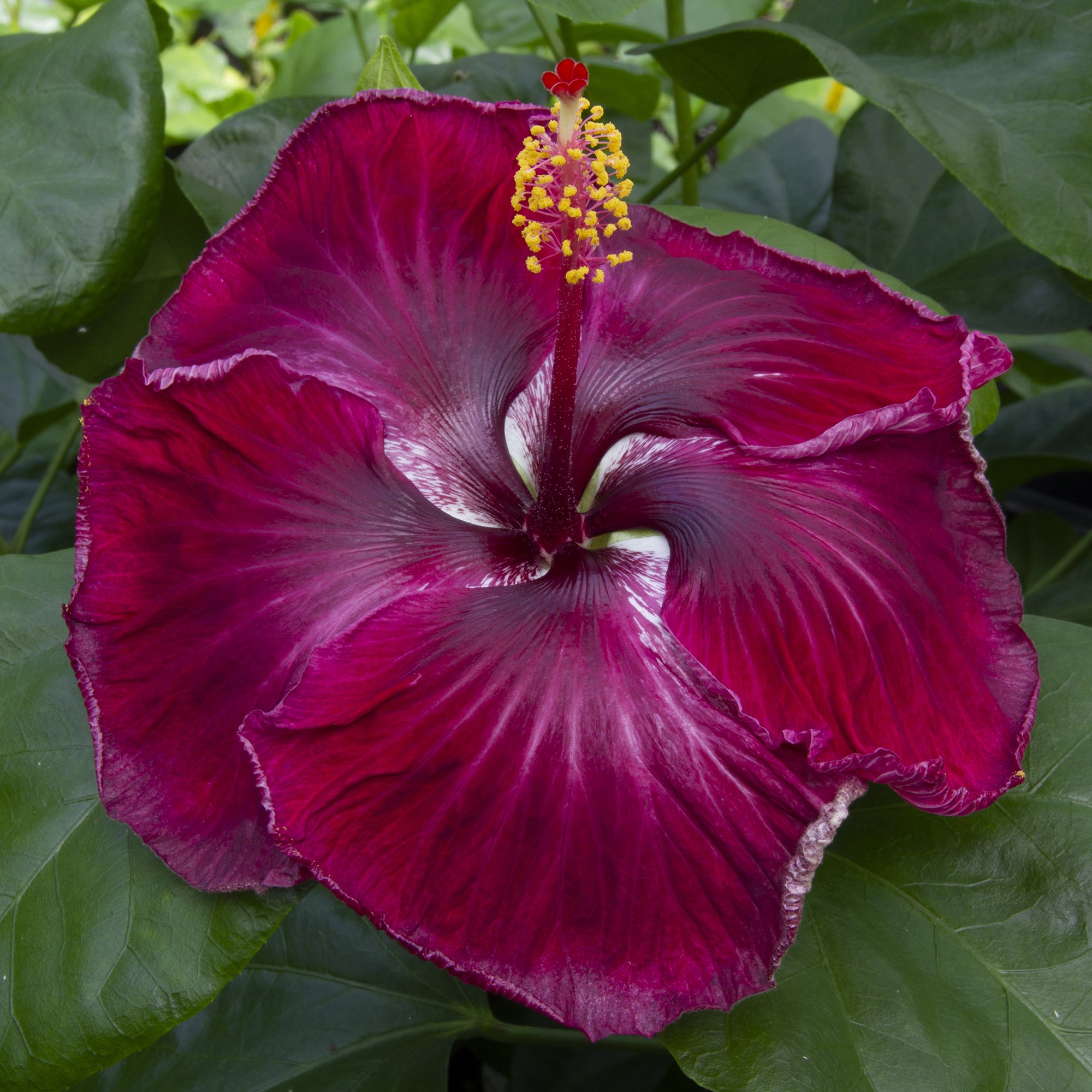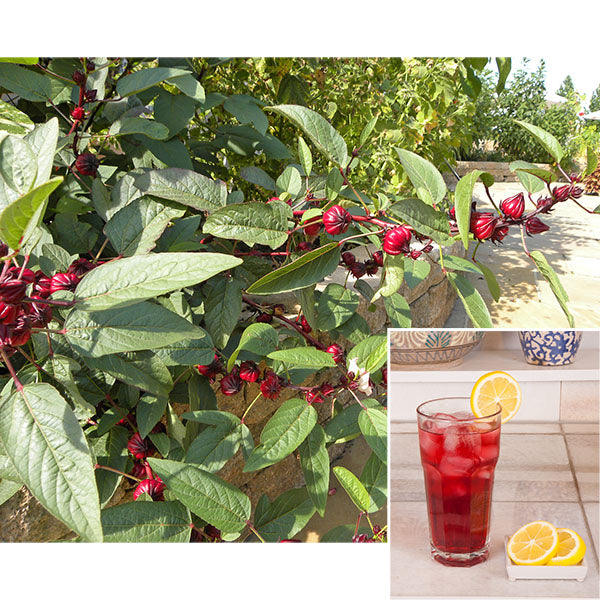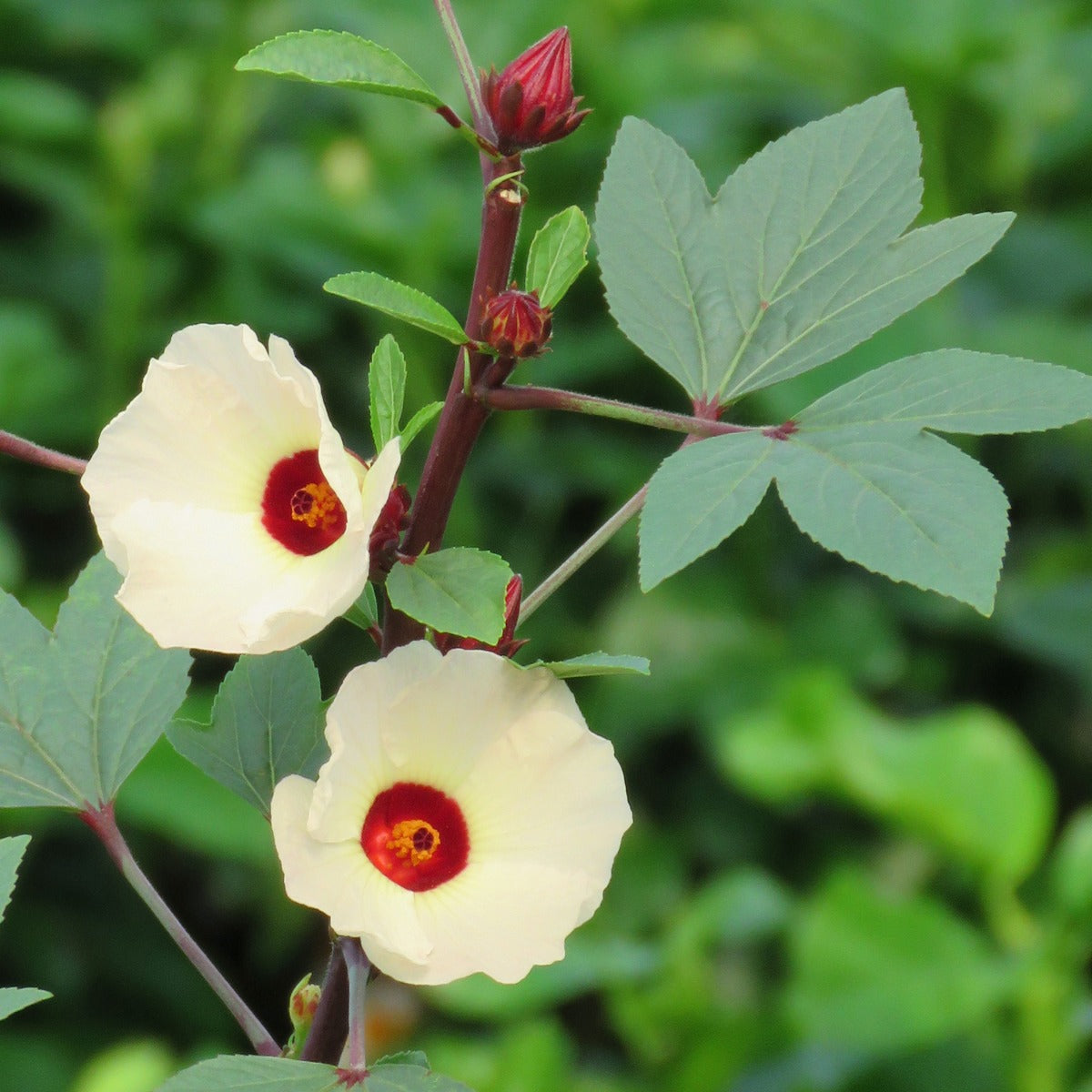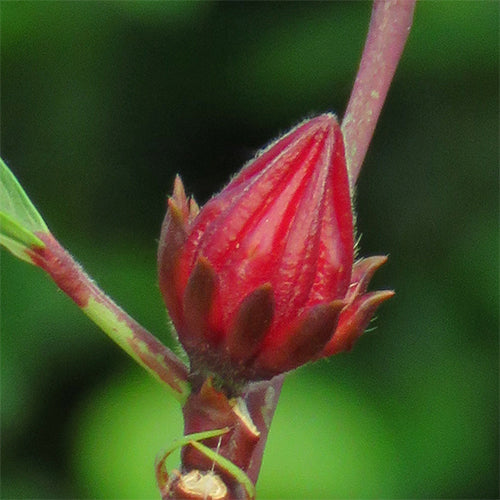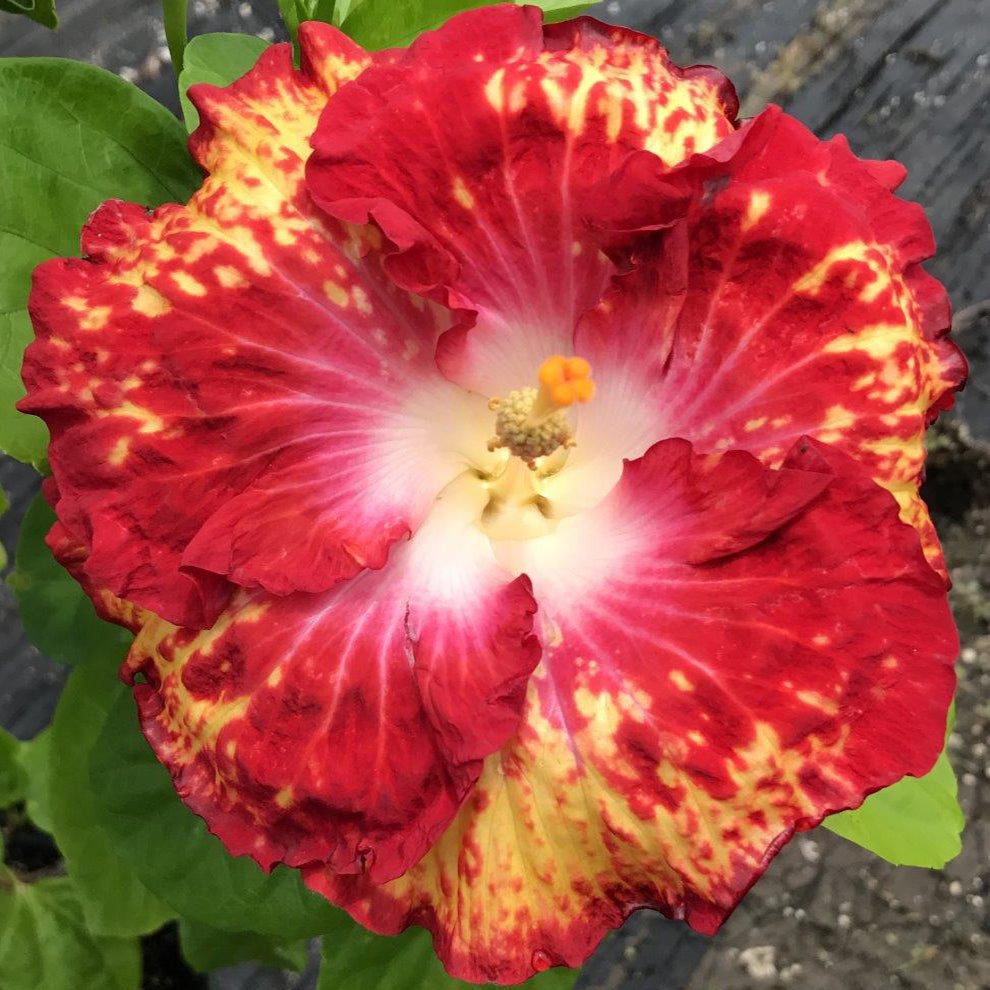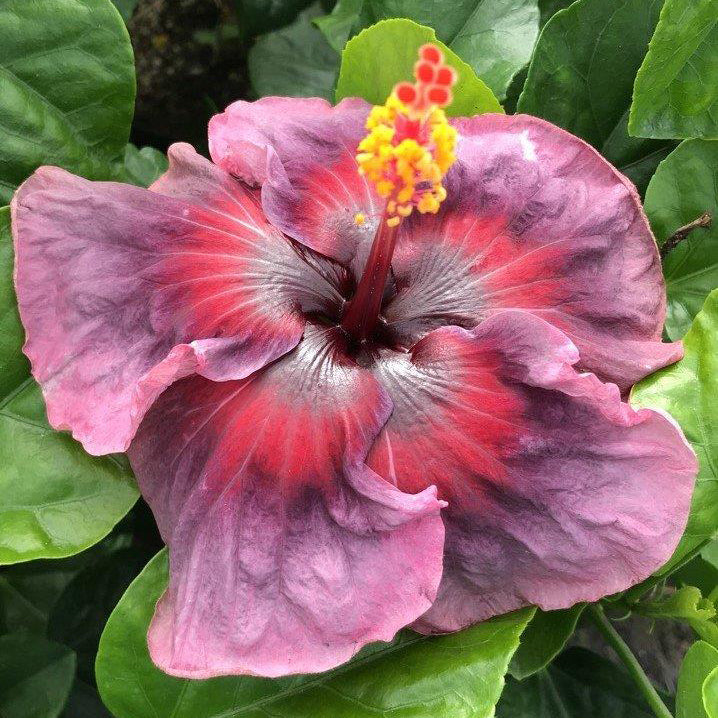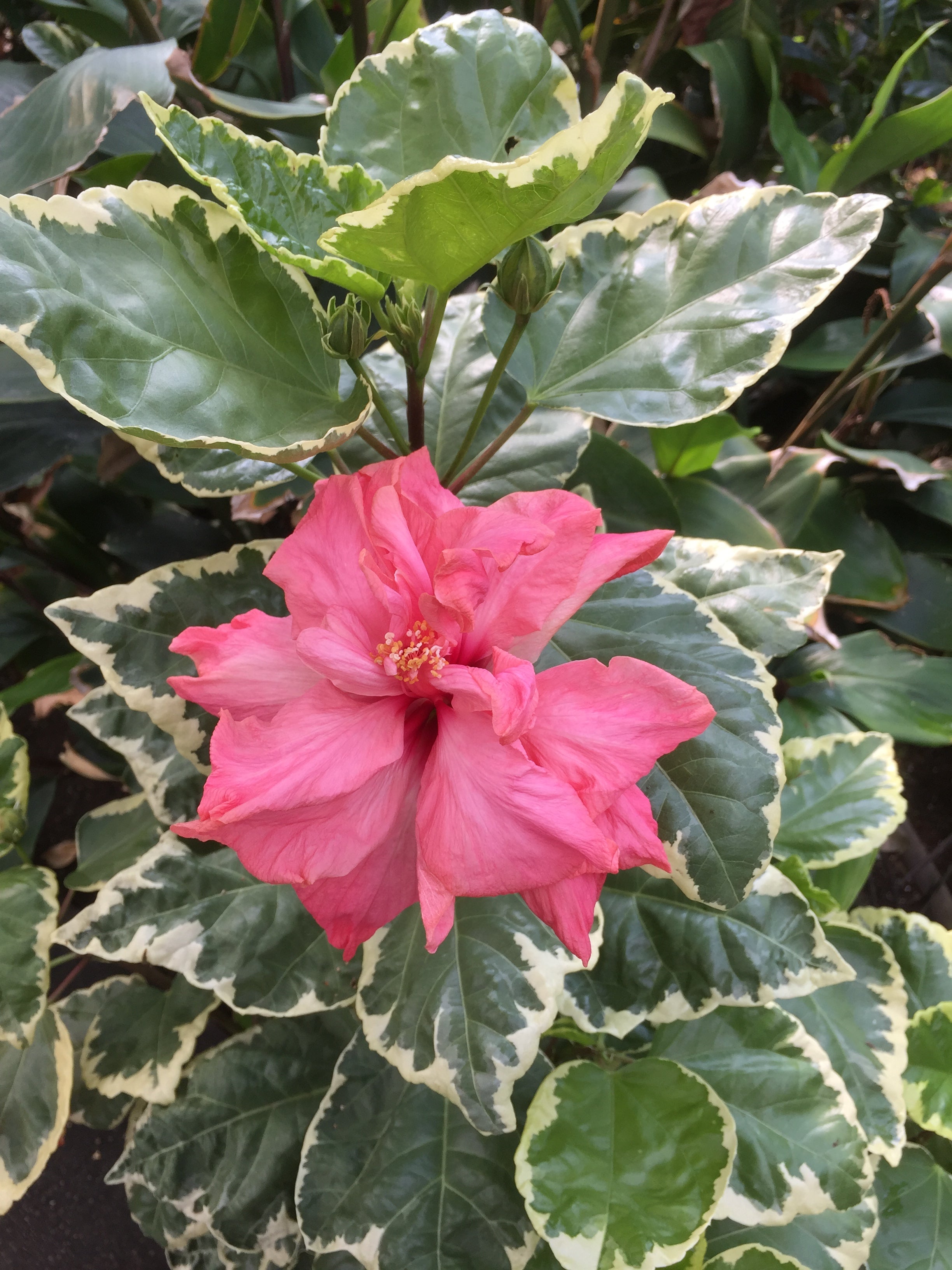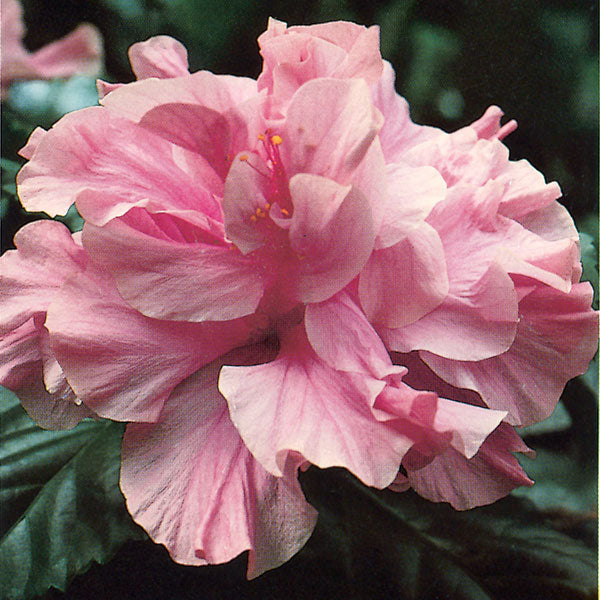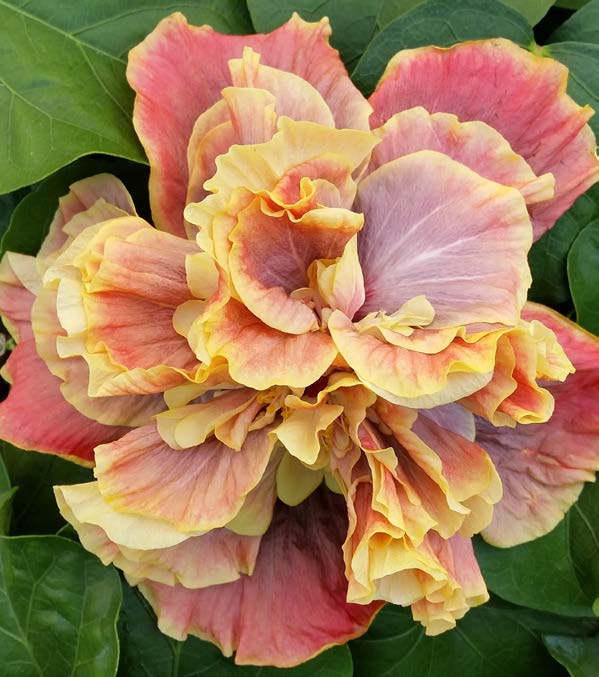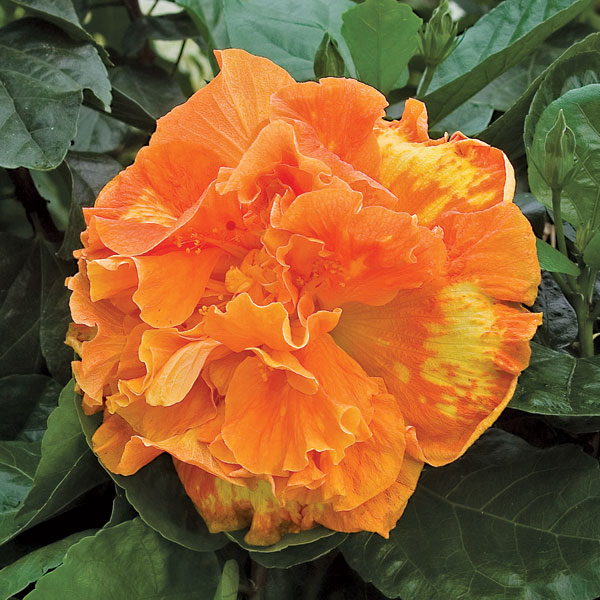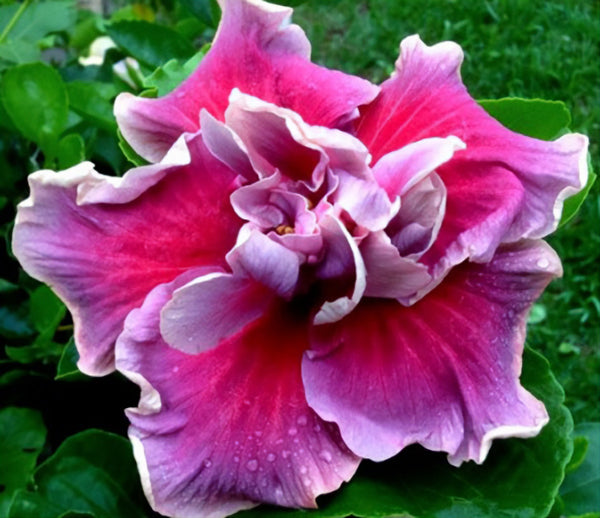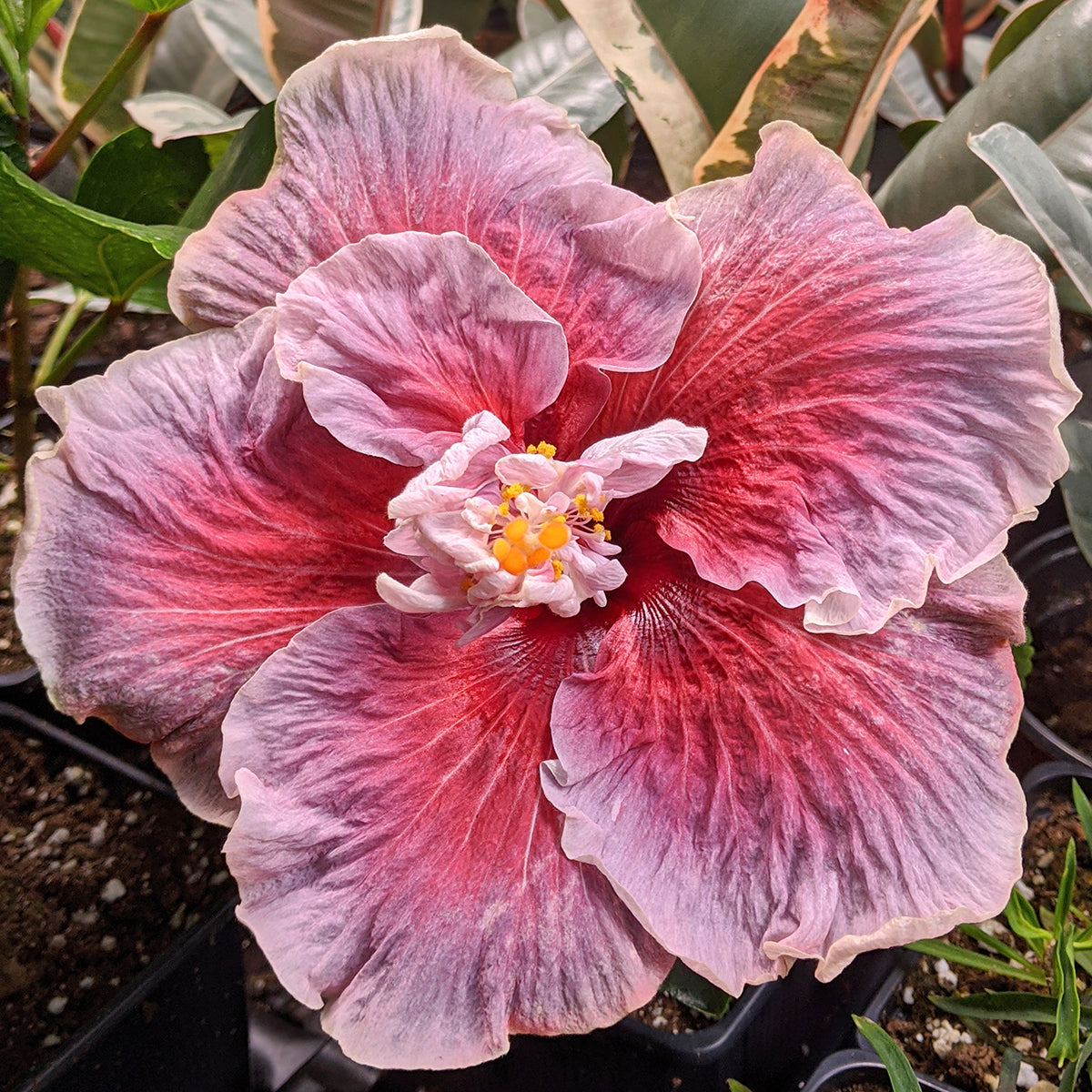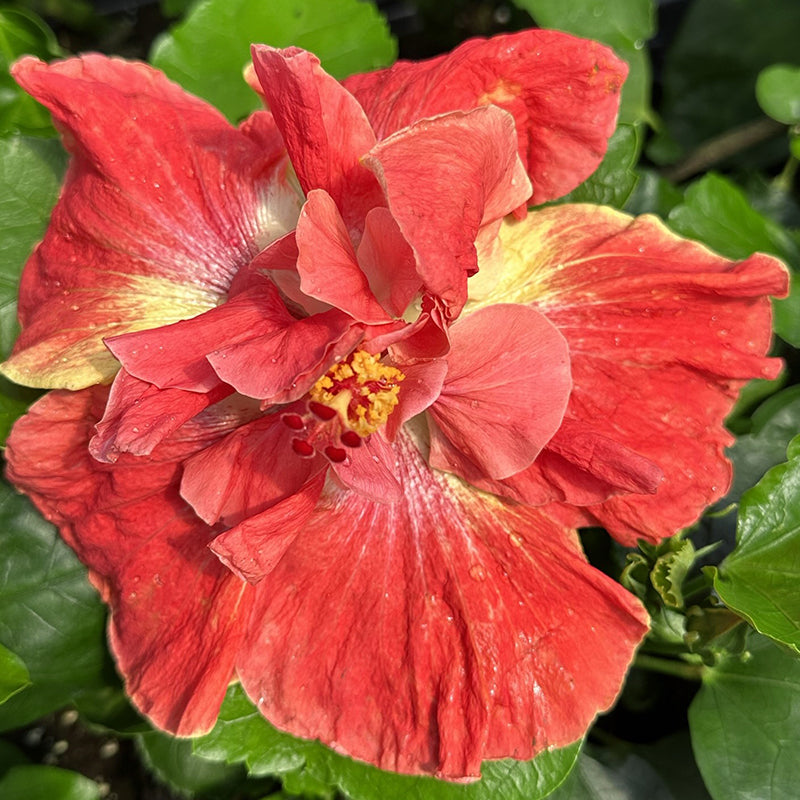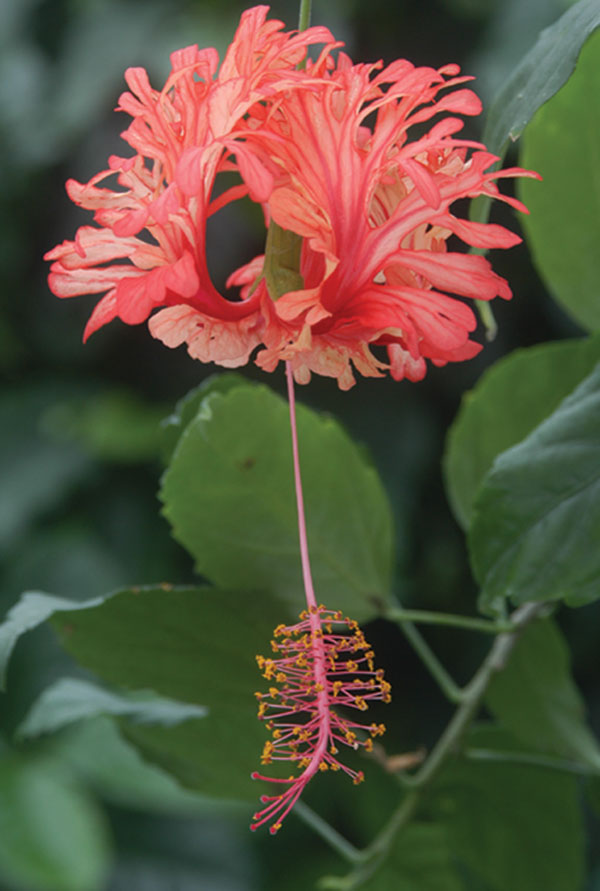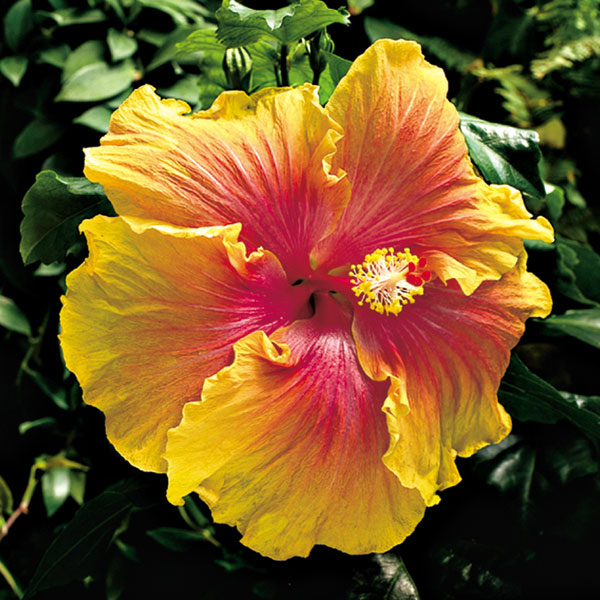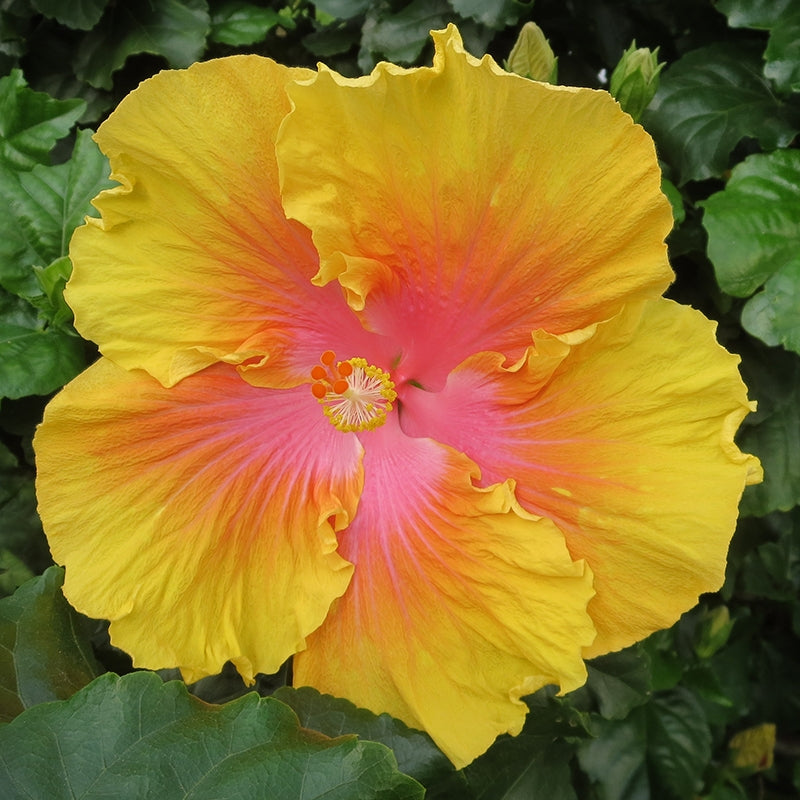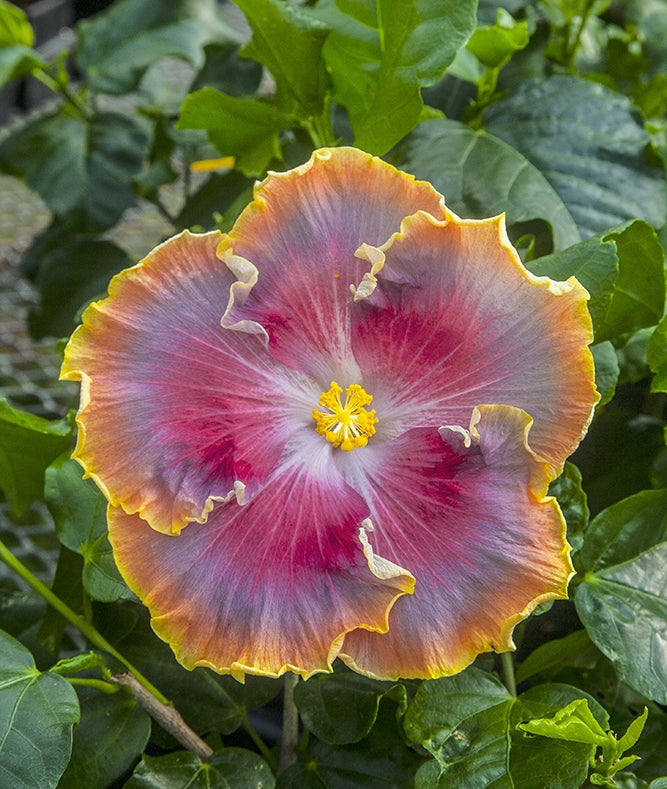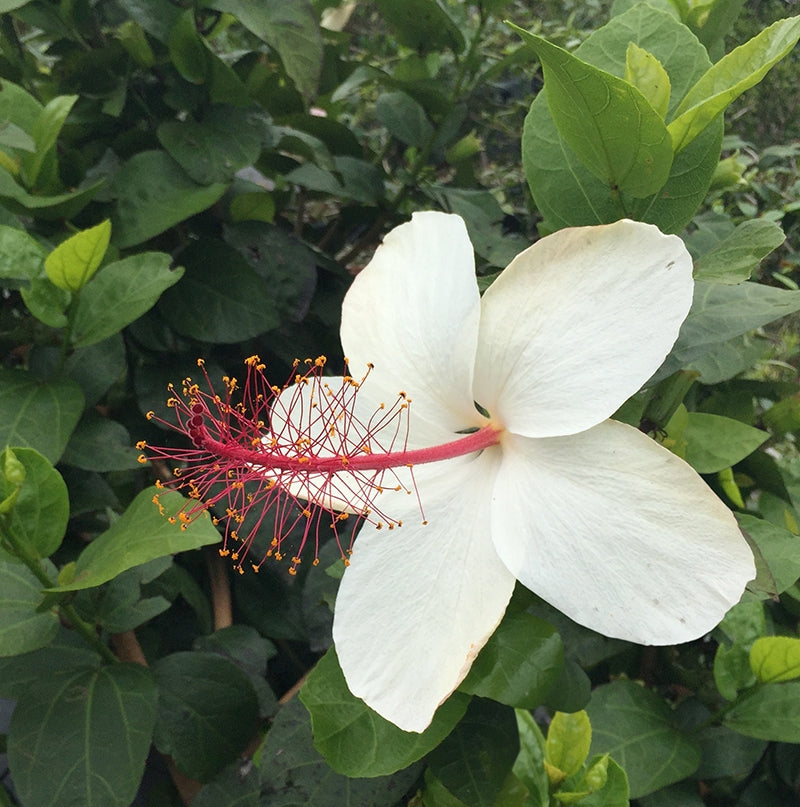Hibiscus Plants
Hibiscus is a vibrant and popular flowering plant often cultivated for its stunning blossoms. Hibiscus plants typically produce large, showy, single or double-bloomed flowers in a variety of colors. The blossoms can be as large as a dinner plate, and typically last a day or two before being replaced by new ones. Hibiscus are native to tropical regions, so they thrive in warm climates and need plenty of sun, moisture and fertilizer for consistent blooming. They can be grown in pots or planted in the ground, but do require well-draining soil. One popular Hibiscus species we offer in several varieties is Hibiscus rosa-sinensis, also known as Chinese hibiscus. Hibiscus plants are generally easy to care for and can be pruned to control their size and shape. Hibiscus is a great choice for gardeners who want to add a burst of color to their outdoor space. They are also perfect for container gardening, as they can be moved indoors during colder weather. See all of the hibiscus plants for sale at Logee's below.

